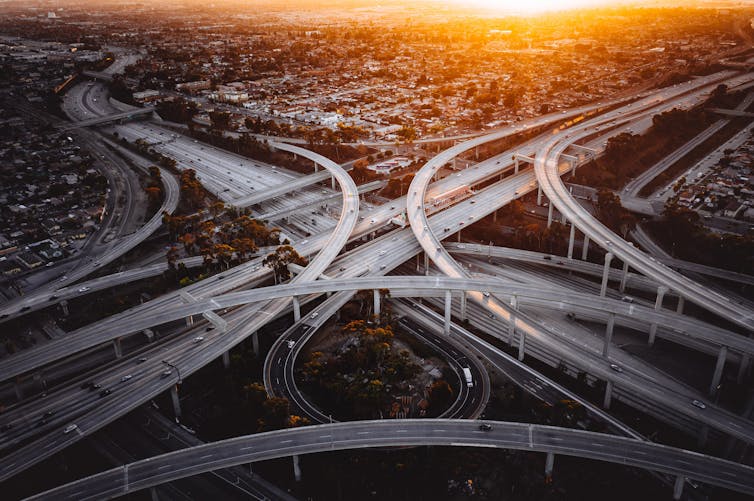Farewell the utopian city
To cope with climate change we must learn from how nature adapts.
Mohammed Makki, Senior Lecturer in Architecture, UTS

Among all species, it is perhaps only humans who create habitats that are not fit to live in. – Stephen Marshall
It’s a damning statement but one that can be reasonably argued to be true. We don’t have the best track record in creating lasting and sustainable habitats, especially if one considers cities built in the past century.
The next 50 years will demand a new model of urban development. For a more sustainable future in a world of climate change, 21st-century cities must be based on models of adaptation that learn from natural systems. We now have the digital modelling technology to design such cities, rather than the fixed urban form that now dominates our world.
The legacy of cities built for cars
We are witnessing firsthand the destructive impact of an urban model that dates back to the early 1900s. The automobile was seen as the future of city planning. The city itself was designed like a machine: finite, predictable, perfect and, of course, shiny!
The “ideal” or “utopian” city, put forward as a visionary model for the 20th century, changed the course of city planning. It abandoned the traditional urban fabric of the previous five millennia for a modern urban order in which the car took centre stage. Car manufacturers even invested in 20th-century city design in the continuous pursuit of Utopia.
- Read the full story in The Conversation: Farewell the utopian city. To cope with climate change we must learn from how nature adapts
Image: Denys Nevozhai/Unsplash
